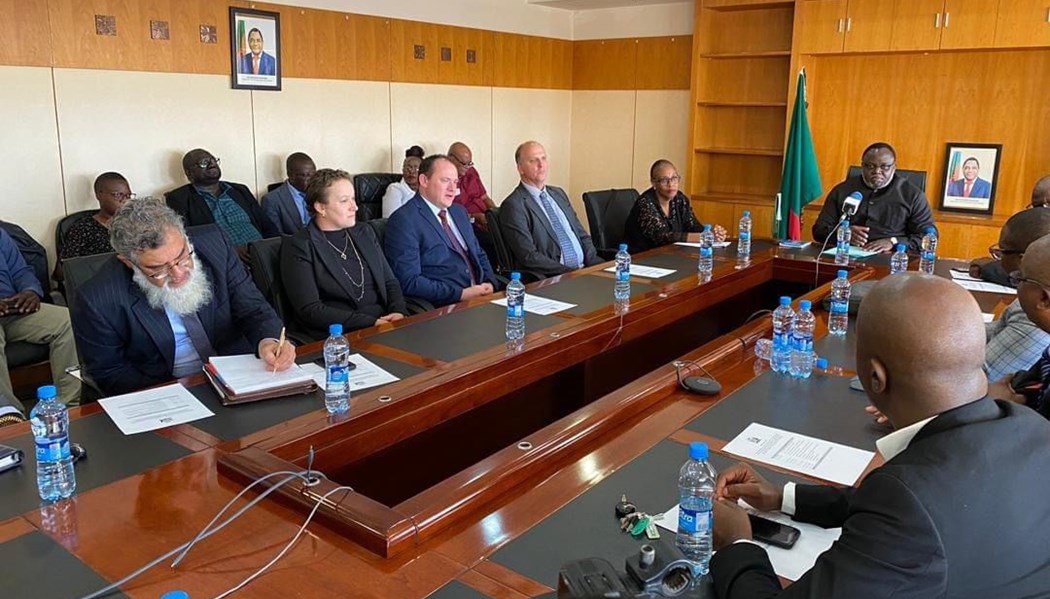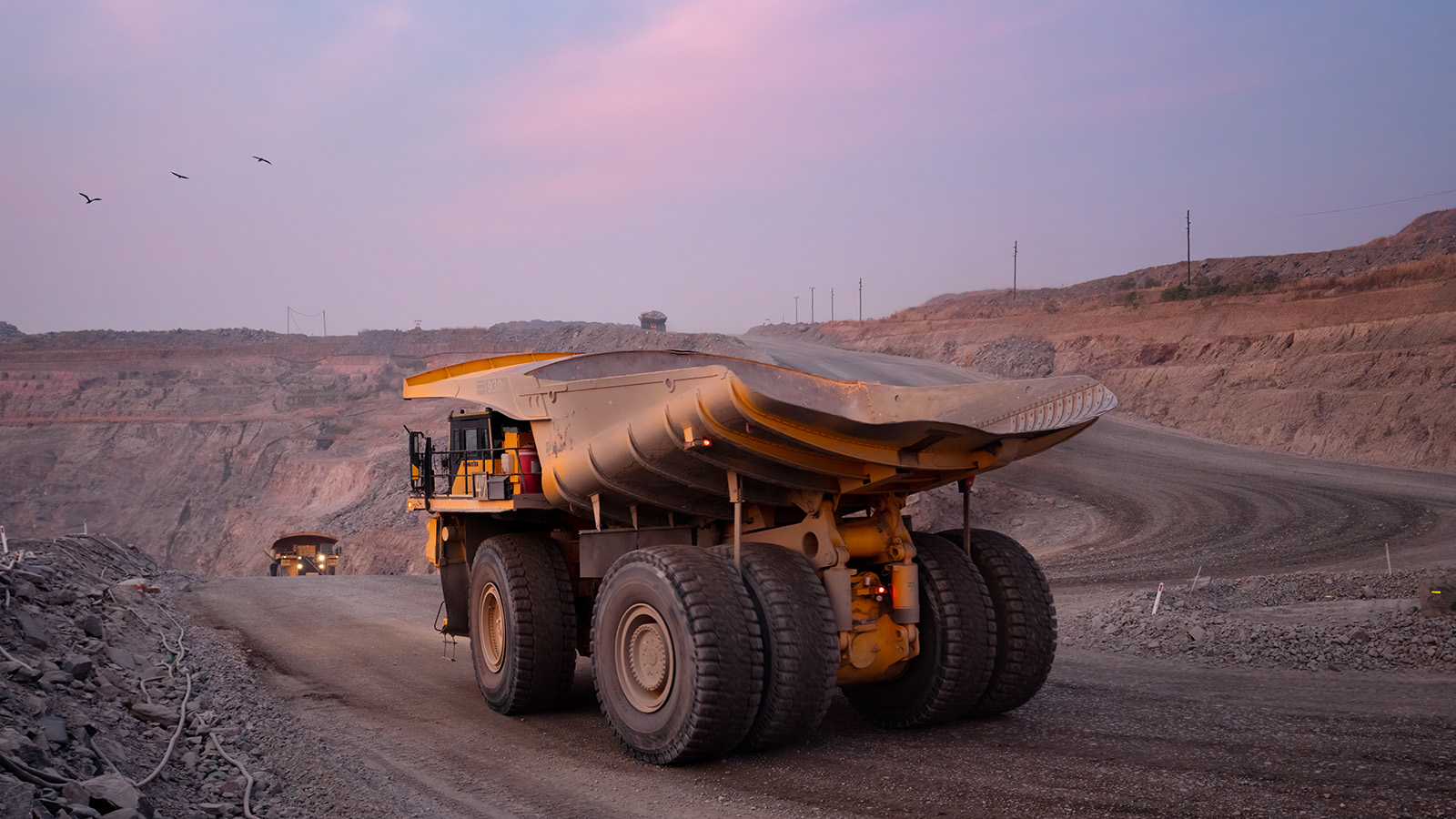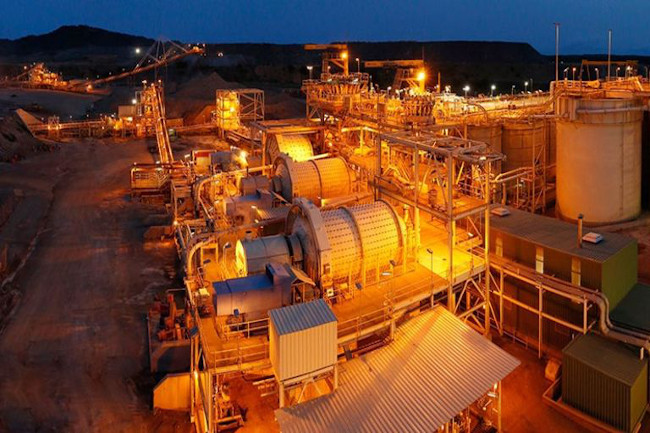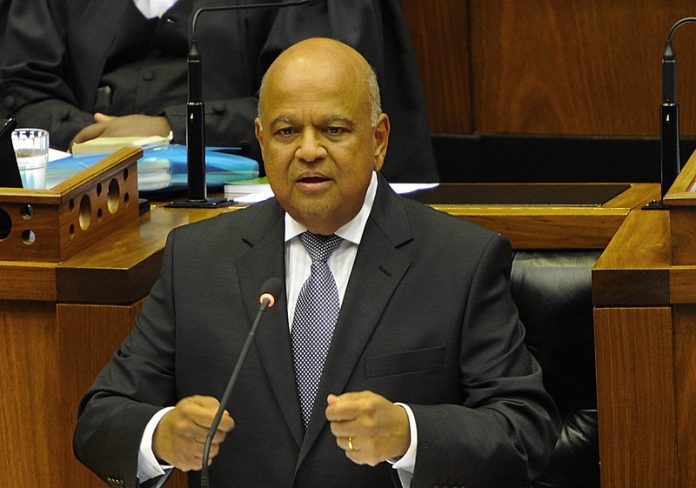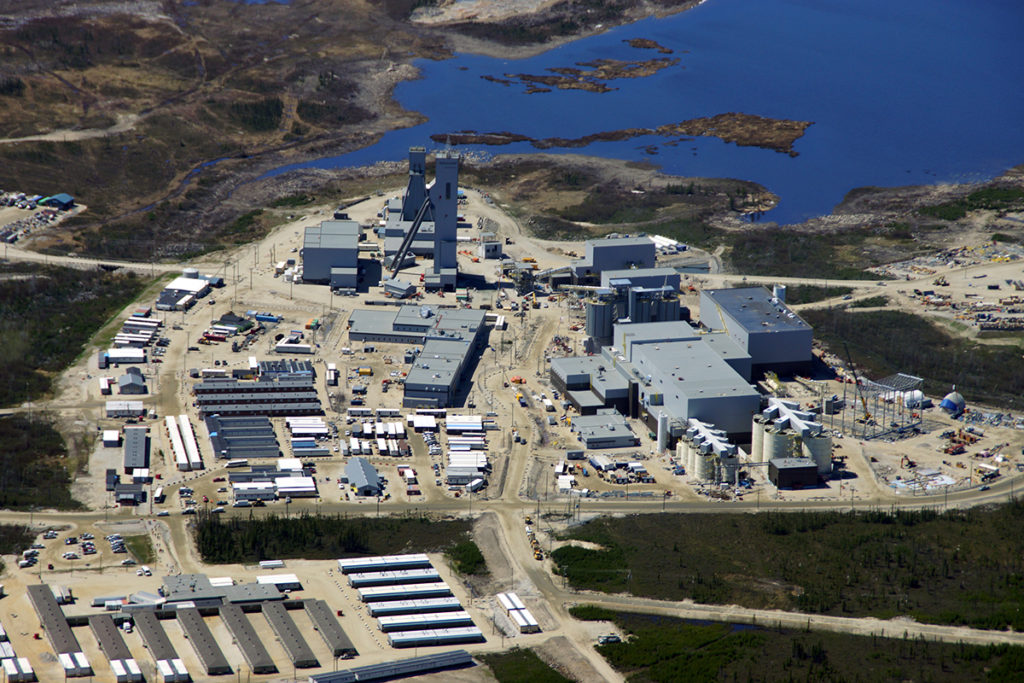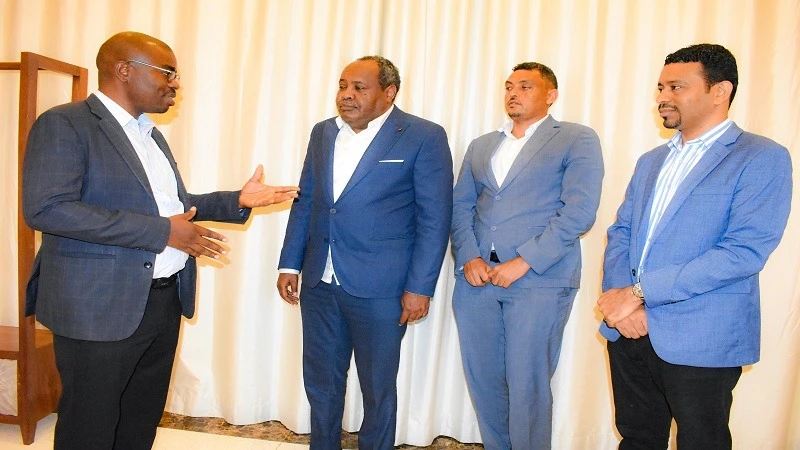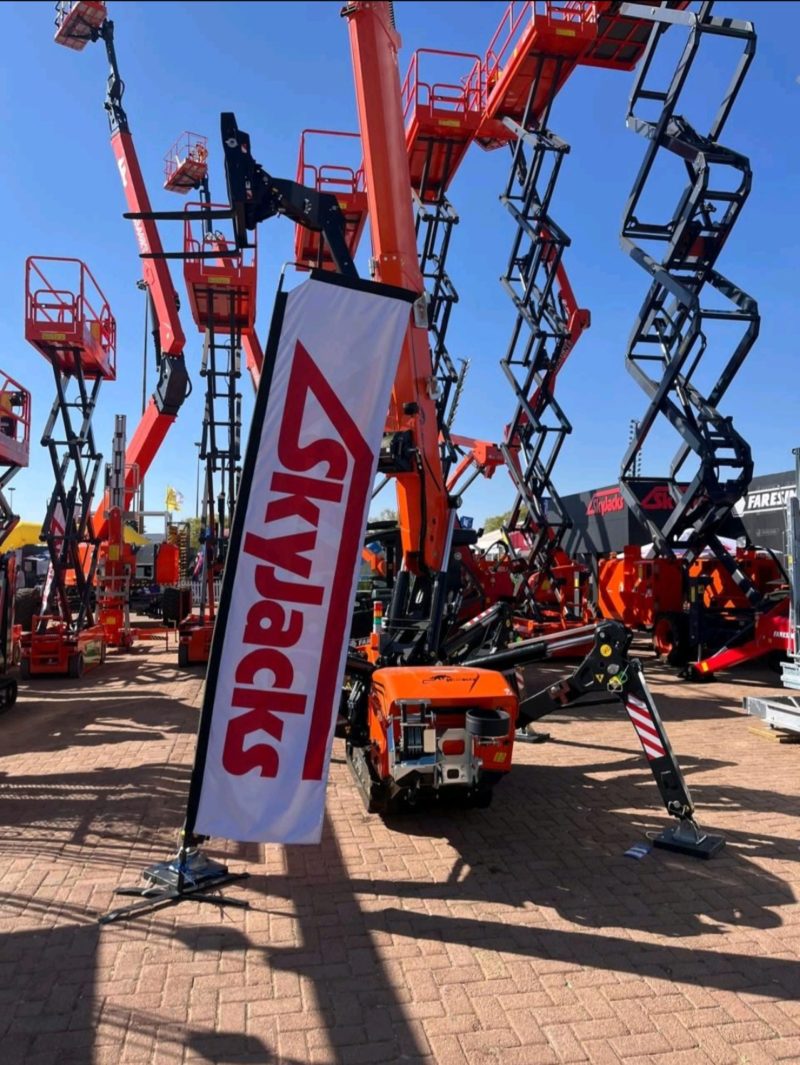Mining Other

Mining is key to strengthening South Africa’s domestic economy plus geopolitical status
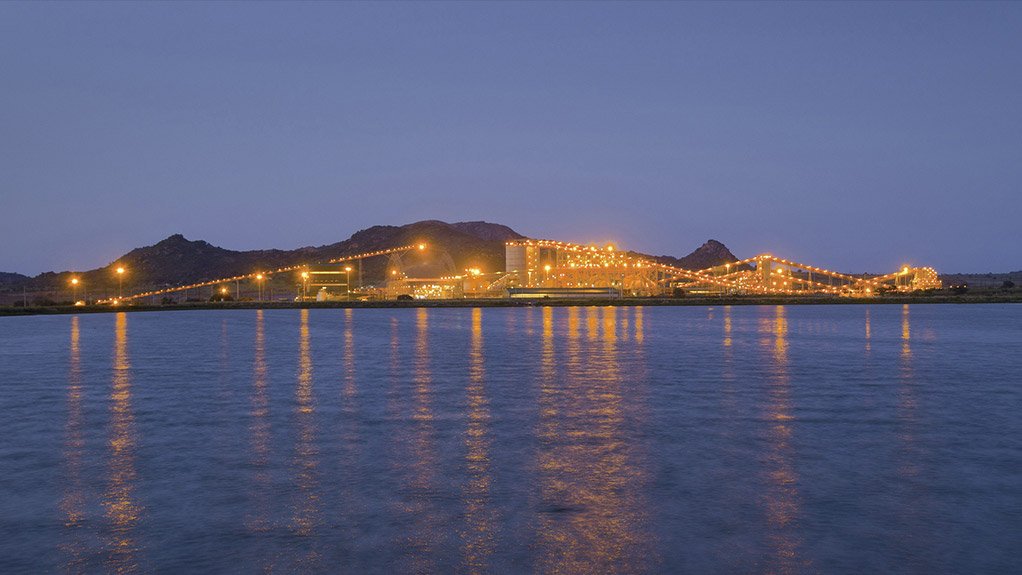
South Africa’s mineral reserves are among the most valuable in the world and making mining strong again cannot go unheeded any longer, especially amid South African Department of Mineral and Petroleum Resources and the US Geological Survey statistics, which indicate that South Africa possesses ore reserves amounting to more than $2.5-trillion, with 16 commodities ranked in the Top 10 internationally.
Despite headwinds of lower commodity prices and constrained export channels, South African mining still managed to turnover R1-trillion last year from a diversity of minerals, including precious metals, bulk commodities and industrial minerals that are fundamental to modern life, providing the foundation for industries, sustainable communities, and social progress, mining industry interest group ICMM points out.
Very importantly, South Africa also has more than a century of mineral extraction experience, along with the crucial processing, beneficiating, marketing and value chain essentials that go with it.
Interestingly, mining brings benefits to every bit of economic activity, but it has a finite horizon unless there is the ongoing replacement of mineral reserves through growth, which has not been happening at greenfield level owing to insufficient new exploration.
“We believe that the industry has the potential to grow, and by so doing taking along many other industries such as construction, manufacturing, financial services, transport and manufacturing, not forgetting agriculture, business tourism, skills development and further education. The mining industry is the uncontested catalyst of South Africa’s economy,” Minerals Council South Africa CEO Mzila Mthenjane emphasised at this year’s Investing in African Mining Indaba.
The mining cadastre must put South Africa on a par with other mining jurisdictions, encourage exploration and lead to mining, which can in turn help South Africa in so many ways.
Self-generation of electricity has been softening the effect of Eskom’s high power tariffs and Transport Minister Barbara Creecy is reportedly working with the Treasury to find ways to enable the private sector to bring rail logistics up to speed in the short term.
On the geopolitical front, Menar MD Vuslat Bayoglu had this to say to Mining Weekly this week: "If we can manage to strengthen our mining economy, that will actually be converted into geopolitical strength." (Also watch video at https://www.miningweekly.com/article/menar-hopeful-us-sa-trade-relations-will-be-normalised-soon-to-avoid-dual-adversity-2025-05-13).
South Africa must return to adding value to its chrome and manganese deposits to regain the employment that was lost as ferrochrome and ferromanganese market shares were lost because of 500% higher electricity tariffs imposed int he last decade by State-owned utility Eskom.
There is also a fortuitous opportunity to produce every possible additional ounce of gold at this time of high gold prices.
Government support for mining is a must, particularly in view of how the industry has contributed on the socioeconomic front in recent decades. Mining has gone well beyond compliance, and the upcoming Mineral and Petroleum Resources Development Act (MPRDA) Amendment Bill must reflect this by introducing a legislative context that allows mining to grow fast.
There is no more time to waste. The MPRDA Amendment Bill simply has to bring investor-friendly change to local mining and prospecting.
Results show that mining companies achieved 39% weighted average of empowerment shareholding against the 26% that was promulgated in the 2010 Mining Charter, and even more than the 30% stipulated in the recent charter.
What this also represents is that the ownership is broad-based, meaning that it includes not only entrepreneurs, but also employees and communities.
Employees were shown to own a total weighted average ownership of 7.5%, communities 9.4% and entrepreneurs 22.3%.
Moreover, women currently represent 19% of the total full-time mining workforce, which represents some 91 000 of the total 480 000 employees – and this advance is from a history where women were totally excluded from working in the mining industry, no matter their colour.
A 2023 study to assess human resources development showed R4.8-billion being invested on employees and non-employees by Minerals Council member company participants against an estimated R7-billion being spent by the total industry, exceeding the Mining Charter target of 5% by hitting the 5.3% mark.
Mine community development and investments through Social and Labour Plans, the main vehicle through which many mining companies invest in communities, was well beyond the 1% often stipulated for corporate social investment in many sector charters.




